In recent years, when dragon fruit prices have continuously dropped, many farmers in Ham Duc commune, Ham Thuan Bac district have switched to growing green vegetables with a fairly stable income. Notably, some households have boldly grown coriander, earning an income of around 500,000 VND per day.
Ms. Le Thi Cai - In hamlet 3, village 5, Ham Duc commune is an example. Coming from a poor family, she relied on her fields and gardens all year round to make a living. Realizing early that rice cultivation only ensured enough rice to eat, in 2015, Ms. Cai decided to convert 3 sao of rice to grow dragon fruit. However, when harvesting, the dragon fruit lost its value, making her family's already difficult life even more difficult. Not giving in to the situation, Ms. Cai proactively researched, learned, and introduced some short-term crops to test-plant on her family's land.
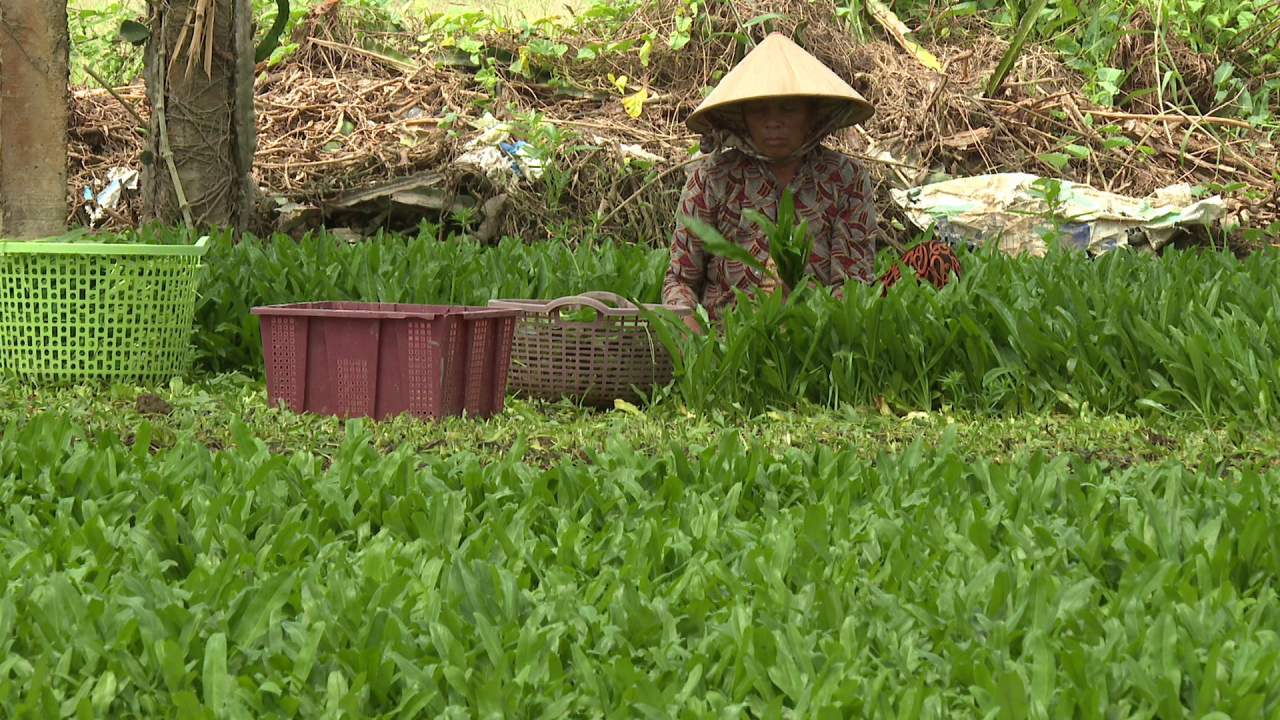
In 2018, seeing that the native coriander plant was easy to grow, had a good yield, and had a stable output, she proactively sought out seeds to intercrop in her dragon fruit garden. Initially, she tried planting 500m2 , then expanded to 1 sao, and by 2020 increased to 3 sao and has had stable production up to now. To help the coriander grow well, Ms. Cai cleaned up all the roots and branches of the dragon fruit. Taking advantage of the available concrete pillars, she bought insulation nets to cover the top of the pillars to shade the sun and keep the coriander moist for its growth. She said that compared to the coriander varieties currently available on the market, native coriander is not only easy to grow but also easy to care for, and can be propagated using seedlings or seeds. Before sowing, prepare the soil, treat weeds and make beds according to the following specifications: beds 40cm apart, beds 1.5m wide and 15cm high from the ground to limit flooding during the rainy season, the length of the beds depends on the area of the garden; on average, she makes 20 beds per sao. After sowing, just water and spray mist to keep the beds moist, combined with insecticide to prevent seed-eating insects; After only 10-15 days, the coriander seeds germinate and after 3 months, they can be harvested ... "In addition to the advantages of being easy to grow and easy to care for, native coriander also has high disease resistance, is less susceptible to rot and plant death. Moreover, thanks to the insulation net, the coriander is not sunburned, grows and develops well, is less attacked by weeds and pests, so fertilizing and spraying are significantly reduced. The average monthly cost of fertilizer and pesticides for 3 sao of coriander is less than 1 million VND..." Ms. Le Thi Cai said.
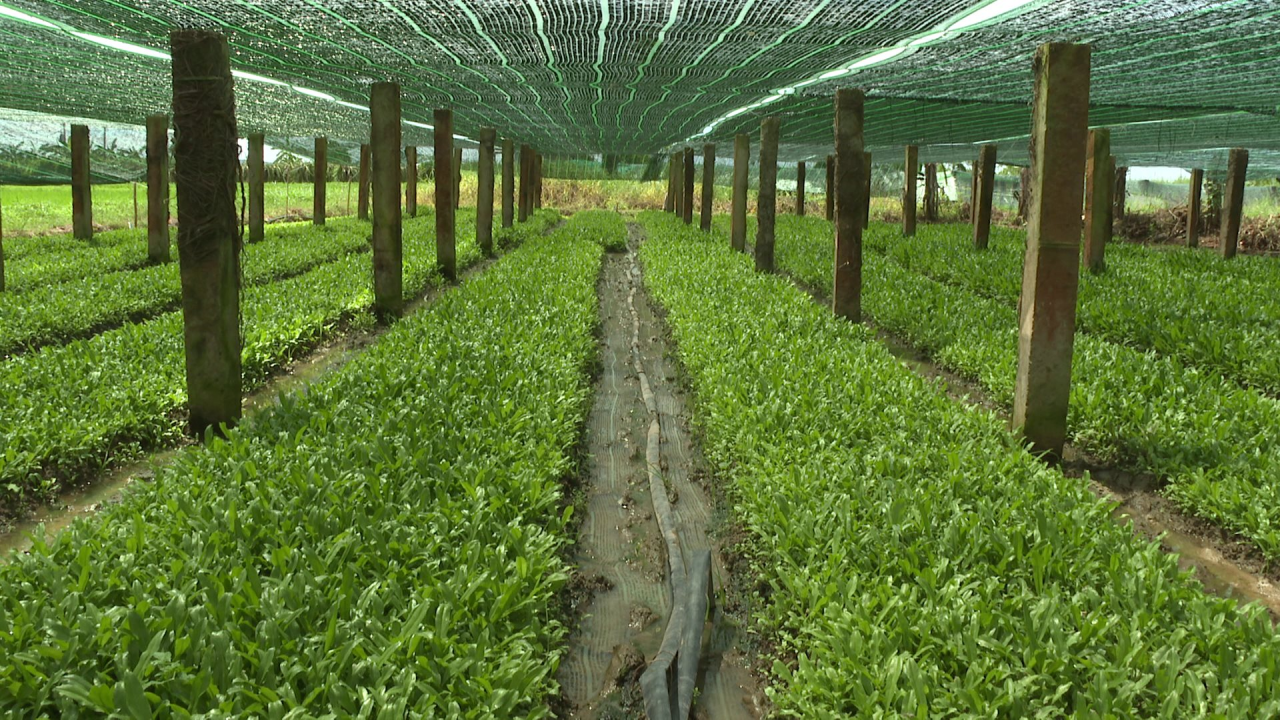
Not only does it require little investment, another strength of the native coriander plant is that after harvesting, the plant can re-grow from the roots and yield up to 4 harvests, so with 3 sao of coriander, Mrs. Cai can harvest regularly. In particular, the consumption market for this crop is also quite stable with prices ranging from 15,000-22,000 VND/kg depending on the time. With this price, plus an average harvest yield of 30kg of coriander/3 sao/day, Mrs. Cai earns from 450-660 thousand VND per day. That means she earns from 13.5 million-nearly 20 million VND per month; after deducting expenses, she still makes a profit of 12.5-nearly 19 million VND, much higher than rice cultivation (10 times higher). Thanks to its outstanding advantages, suitable cultivation techniques, stable consumption market, and high selling price, the native coriander plant has brought Ms. Le Thi Cai a prosperous life, escaping poverty and becoming a well-off household in the locality. Recently, her coriander intensive farming model has been learned and replicated by many households in the commune; many households have boldly converted ineffective rice fields to grow coriander, contributing to increasing production value on the same land area and improving family income.
Source


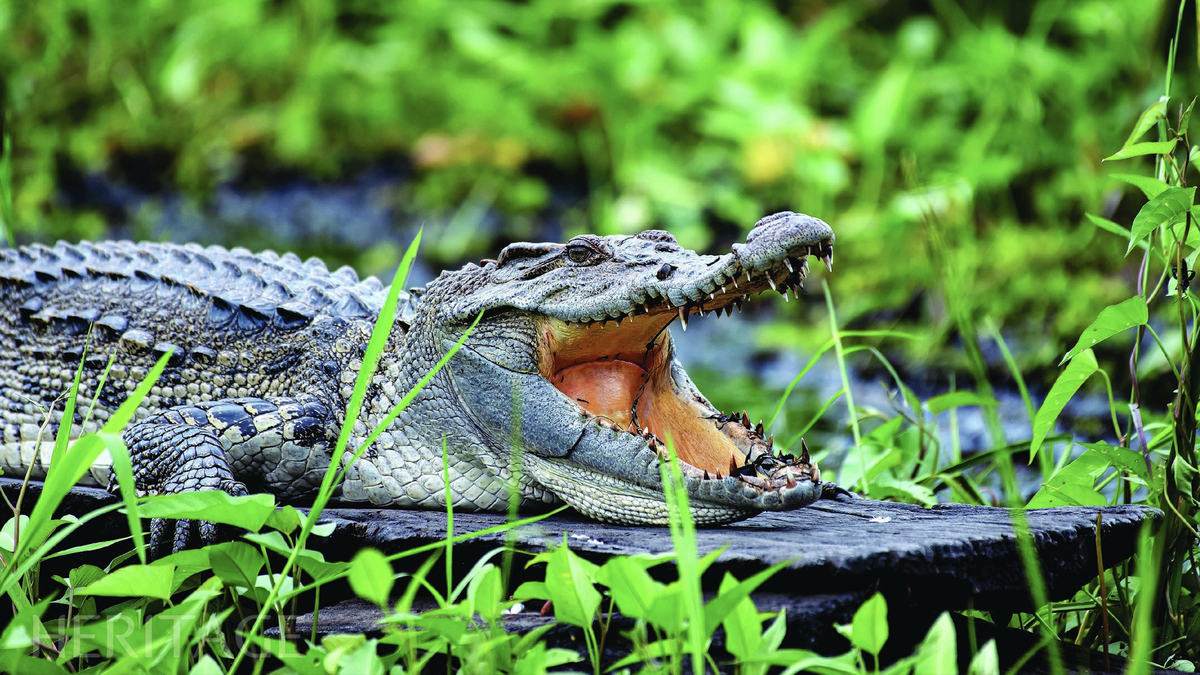


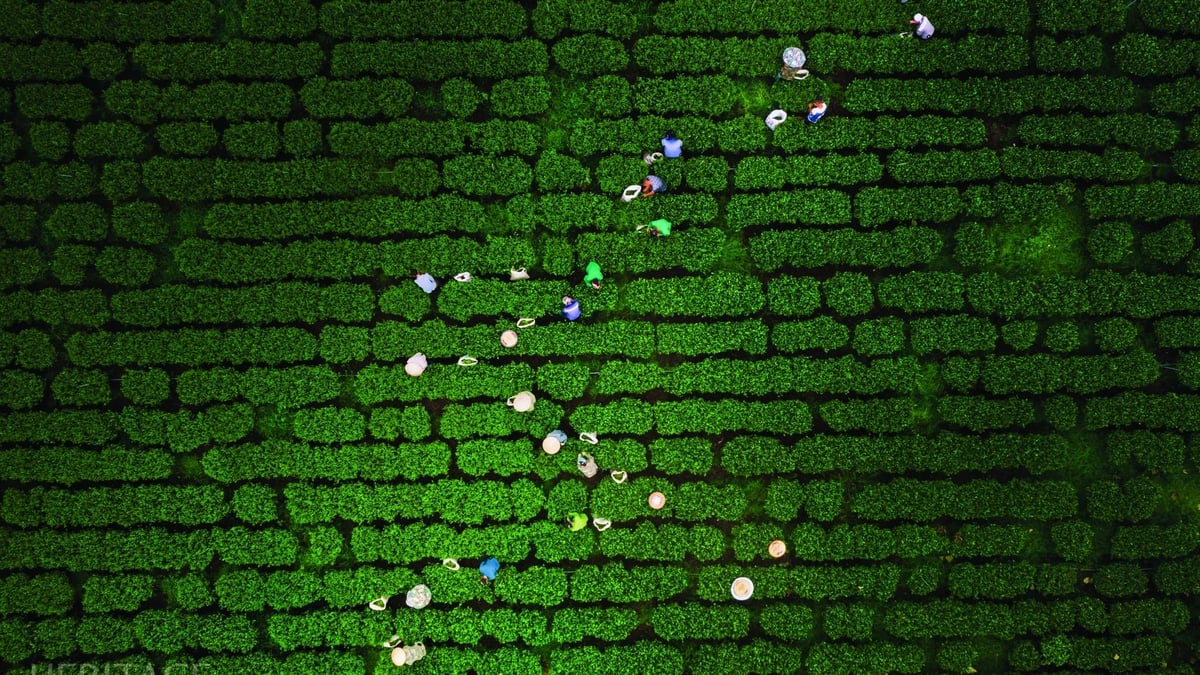

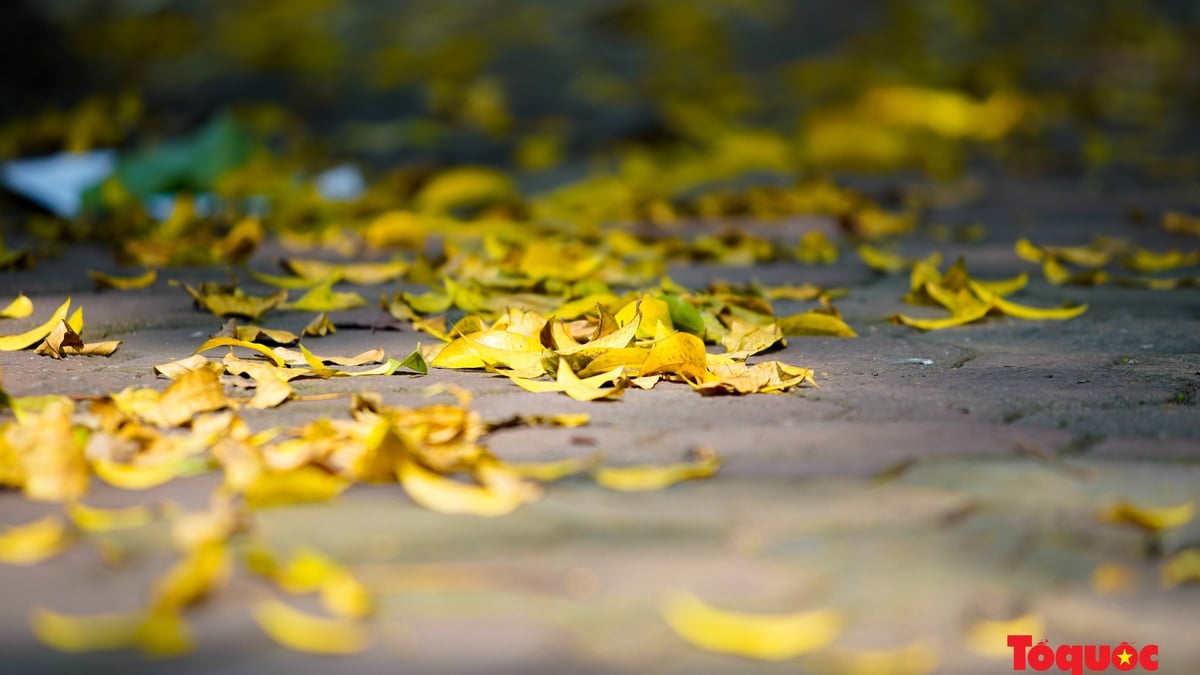

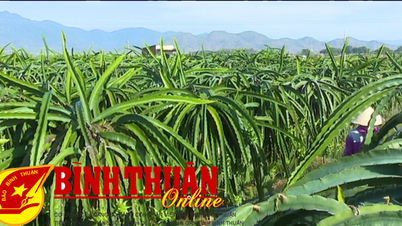
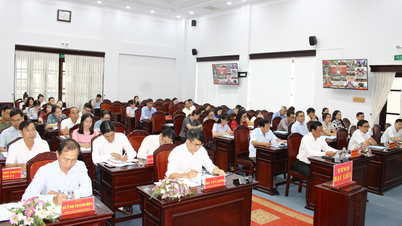


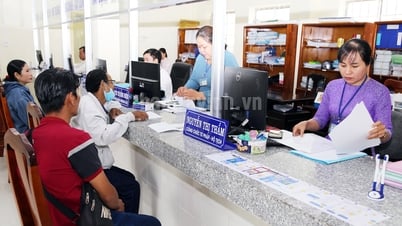








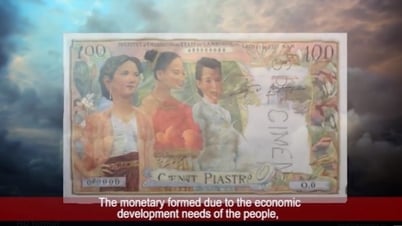


![[Photo] Prime Minister Pham Minh Chinh works with the Standing Committee of Thai Binh Provincial Party Committee](https://vphoto.vietnam.vn/thumb/1200x675/vietnam/resource/IMAGE/2025/5/12/f514ab990c544e05a446f77bba59c7d1)

![[Photo] Prime Minister Pham Minh Chinh receives Swedish Minister of International Development Cooperation and Foreign Trade](https://vphoto.vietnam.vn/thumb/1200x675/vietnam/resource/IMAGE/2025/5/12/ae50d0bb57584fd1bbe1cd77d9ad6d97)


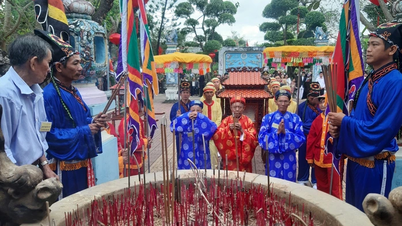



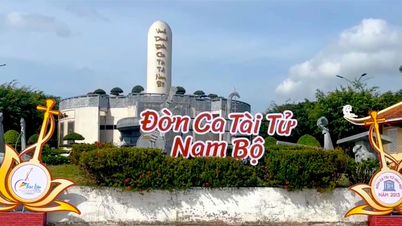







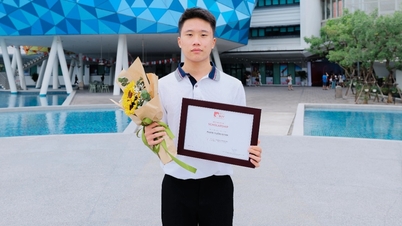




































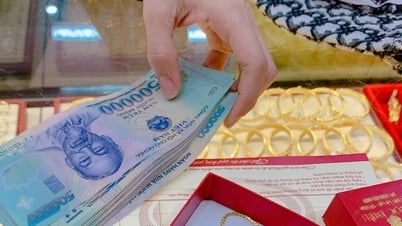
















Comment (0)